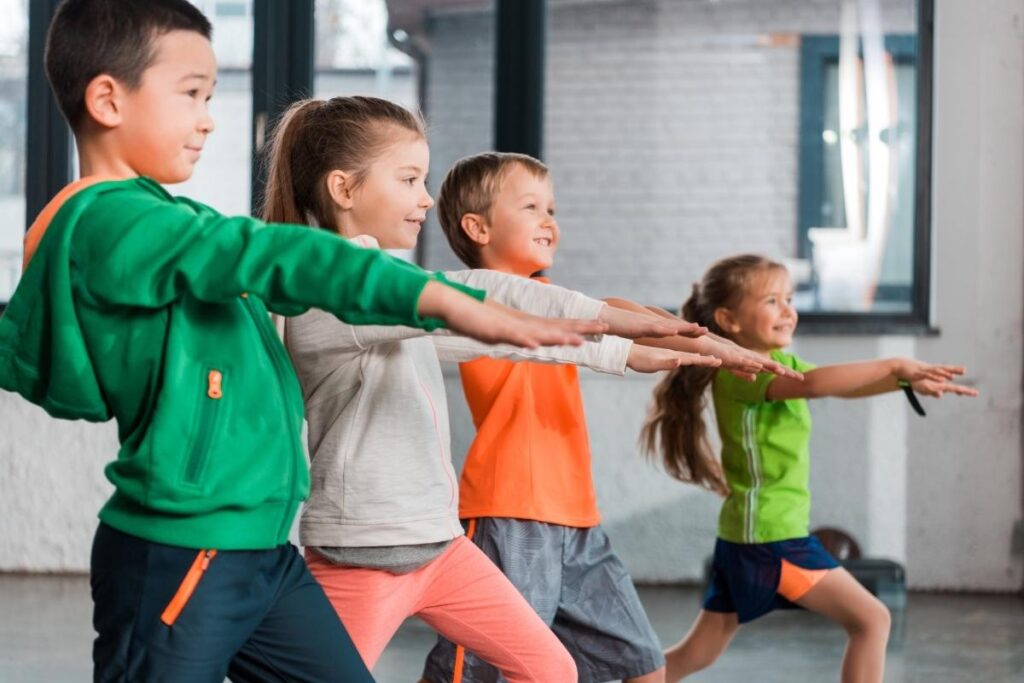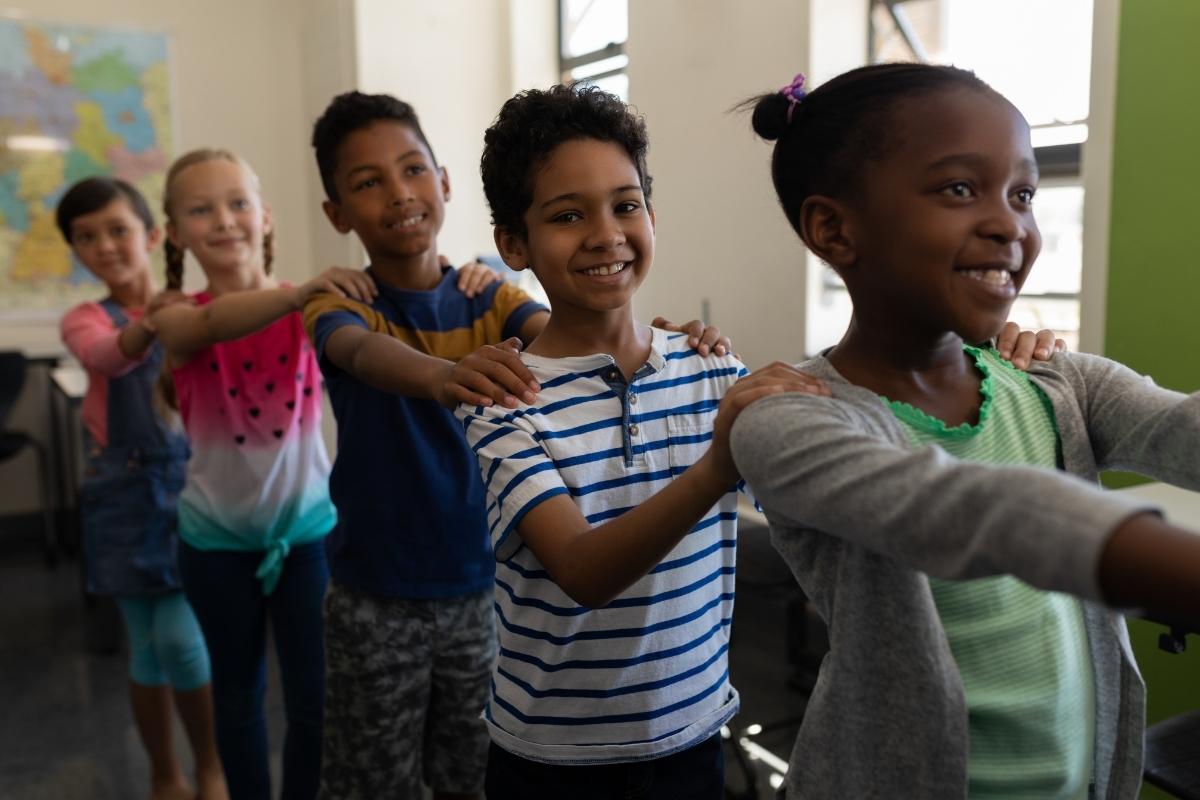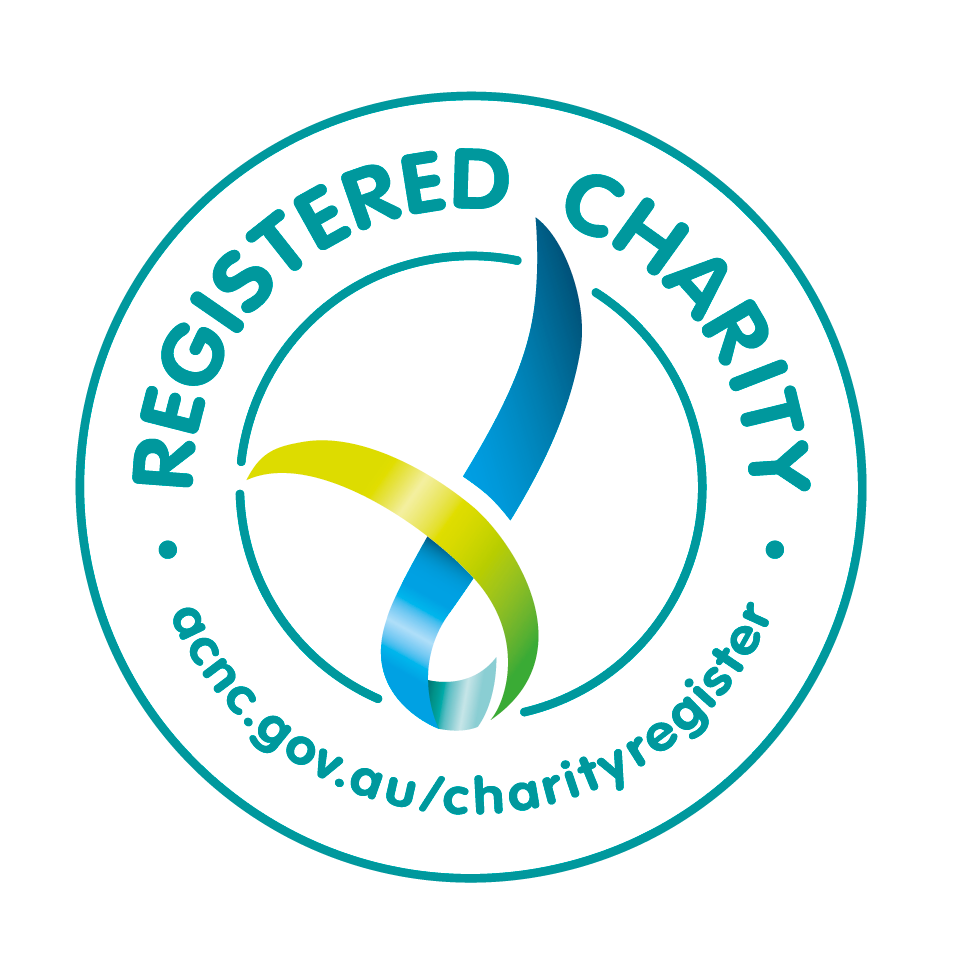Queensland is introducing a stronger child safety framework that will apply to tens of thousands of organisations. From October 2025 the new laws expect organisations that serve children to adopt ten Queensland Child Safe Standards and to show how those standards live in daily practice.
The language of the standards is broad on purpose. A local volunteer club, a statewide service, and a large department all need to protect children, yet each operates in a different context. The wording must fit many settings while still demanding real action.
Leaders sometimes read phrases like embed child safety in governance or create safe environments and wonder what that means at a ground level. Practical translation is the key here, because when boards, managers, staff, and volunteers can point to clear decisions, records, and behaviours that place children first, the standards stop feeling abstract and begin to shape culture. That is where real safety grows.
At Child Safe Australia, we are committed to setting out each standard in plain language with examples you can adapt. That is why this explainer clears up common misconceptions and closes with a simple next step if you want tailored support. For a deeper overview and official resources, see Queensland Child Safe Standards: Your Complete Guide.
Standard 1: Leadership and Culture
Child safety and wellbeing is embedded in the entity’s organisational leadership, governance, and culture
Child safety is a leadership responsibility. It must appear in strategy, policy, risk, reporting, and daily decisions. Simply put, children’s safety is a core value that shapes how your organisation works.
A practical approach begins with a clear public commitment. Leaders set the tone by naming child safety as a standing item in board and executive meetings. They expect timely reports on training, incidents, risks, cultural safety, and improvements, invite honest feedback and make it safe to raise concerns. Most importantly, they record actions taken and follow through. Over time this builds a culture where everyone knows that children come first in every decision.
Example in practice
A community sport board asks for a quarterly safeguarding report that covers training completion, child safety screening checks, incident reviews, and planned improvements. The minutes show decisions, deadlines, and the person responsible. Families can see the commitment on the club website and notice that issues raised receive a response.
Standard 2: Children and Young People are Empowered
Children are informed about their rights, participate in decisions affecting them and are taken seriously
Children need to understand their rights and to feel confident to speak up. They should help shape programs and have a say in matters that affect them. Staff listen, respond, and close the loop so children know their voice led to change.
Empowerment looks different by age, culture, and context. Younger children may use visual tools or story cards, while older children might join a youth reference group or help write behaviour expectations for shared spaces. What matters is that engagement is regular, safe, and genuine, and that records show how input informs decisions. Children and young people should be actively involved in decision making and providing feedback.
Example in practice
A high school runs short student forums each term about safety, inclusion, and respect. Students work with teachers to set the topics for the forum. Students suggest clearer information is needed regarding students rights and responsibilities and more information about complaints / concerns pathways. The school updates duty rosters, refreshes signage with plain language, and publishes a short summary of rights / responsibilities and reporting changes for students and families.

Standard 3: Family and Community Engagement
Families and communities are informed and involved in promoting child safety and wellbeing
Families and communities are partners in child safety, so they must know how your organisation protects children and how to raise a concern.
Strong communication practice invites families to help design or review policies. It provides easy access to information and invites questions, and it respects cultural protocols and works with local leaders and Elders where relevant. It shares progress and explains why certain steps have been taken.
Example in practice
A counselling service invites carers to an annual review of safeguarding policy and practice. Carers request clearer timeframes for responding to complaints and ask for a named contact person. The service updates its documents, trains staff, and posts a summary of improvements online.
Standard 4: Equity and Diversity
Equity is upheld and diverse needs respected in policy and practice
Every child should feel safe, welcome, and respected. That includes Aboriginal and Torres Strait Islander children, children with disability, children from culturally and linguistically diverse backgrounds, children who are refugees or asylum seekers, and children who identify as LGBTIQA+. Equity means understanding specific needs and removing barriers to safety and participation. Cultural safety should be visible in places, programs, and relationships.
This work includes inclusive design of spaces, accessible information, trauma informed practice, and sustained learning for staff and volunteers. It also means inviting feedback and acting on what you hear.
Example in practice
A youth centre maps the diversity of its local area with community partners. It designs a welcome board that displays multiple languages and includes a First Nations Acknowledgement of Country, created in collaboration with local Elders and young people.
Neurodivergent young people are supported with; visual schedules for each session and access to a quiet space when needed. Staff trained in how to communicate calmly and clearly.
Staff receive regular training on inclusive practice and cultural safety, then reflect on learning in supervision.
Standard 5: Suitable and Supported Workforce
People working with children are suitable and supported to reflect child safety and wellbeing values in practice
Safety depends on the people who work with children, meaning that recruitment, screening, and supervision must be rigorous. This can be achieved in a few ways:
- Role descriptions name child safety responsibilities.
- Robust Screening practices ensure safe staffing and volunteers.
- Induction builds confidence and clarity.
- Ongoing training is planned and recorded.
- Supervision invites reflection on risks, boundaries, and dilemmas.
- There is a safe way to report concerns about a colleague.
Example in practice
A mentoring program; highlights child safety in its applications, performs background checks, has a comprehensive value’s based interview process, completes values based interview of referees and verifies Working with Children clearances before any contact with students. New tutors complete an induction that covers the code of conduct, cultural safety, privacy, and reporting. Supervisors schedule regular check-ins and keep a record of discussion points and actions.

Standard 6: Complaints Management
Processes to Respond to Complaints and Concerns
A child focused, trauma informed complaints pathway is essential as children, families, staff, and volunteers need safe ways to speak up. Clear processes are shared and outline timelines, responsibilities, involvement of parties, support for participants and potential outcomes. Responses are delivered promptly and with respect, while protecting privacy. Records clearly outline what occurred, who was involved, and the actions taken.
Clear communication is central to good practice, with plain language, a named contact, and formats that everyone can access. Investigations are approached with sensitivity to prevent retraumatisation, while analysing patterns allows organisations to learn and reduce risks. When the law requires it, matters are referred to the appropriate authority.
Example in practice
A faith based service creates a child / family friendly compliants page on its website with step by step guidance, a short video, and a contact person who is trained to receive concerns. All complaints receive an acknowledgement within two days. Outcomes and actions are explained to those who raised the issue, and deidentified trend data is reviewed each quarter.
Standard 7: Knowledge, Skills, and Awareness
Staff and volunteers of the entity are equipped with the knowledge, skills, and awareness to keep children safe through ongoing education and training
Learning never stops. Staff and volunteers need current knowledge about child safety risk, boundaries, types of harm and abuse, responding to harm, online safety, cultural safety, and respectful engagement. Training is tailored to roles and refreshed on a planned cycle and records help leaders see coverage and gaps.
Learning works best when it is multi-layered. Introductions for new people, refreshers for everyone, and deep dives for leaders create shared understanding. Supervision connects theory with practice, while real scenarios from your setting build practical confidence.
Example in practice
A school group designs an annual calendar that includes induction, child safety training, updates on the reporting framework, sessions on recognising grooming, and practice with difficult conversations. Completion is tracked and becomes part of annual performance reviews. Lessons learned from incidents feed back into the next cycle of training.
Standard 8: Safe Environments
Physical and online environments promote safety and wellbeing and minimise the opportunity for children to be harmed
Safety extends to both physical and digital spaces. It begins with careful planning, where risks are identified early and managed, rather than patched over afterwards. Clear supervision, thoughtful use of digital tools, and policies for photography and social media all contribute to reducing unnecessary exposure.
Design plays its part too, as open sight lines make supervision easier, private conversations happen in the right places, and online platforms are chosen and monitored with care. Managing images with consent and respect reinforces trust.
Programs should be planned and risk assessed to ensure they are child safe and appropriate risk prevention strategies ensure safe participation for all.
Example in practice
A local gym running youth programs ensures its physical and online environments promote safety and minimise harm by conducting termly audits of equipment, entry points, supervision zones, and change room practices. Staff have clear supervision responsibilities and are trained to respond to common risks such as lost property or children not collected on time. Online registration systems are regularly reviewed to ensure only essential data is collected and stored securely. Staff also practise how to respond if a young person reports receiving unwanted attention from peers—such as inappropriate messages or being followed on social media—which may carry over into in-person program settings, ensuring these behaviours are addressed quickly and appropriately.
Standard 9: Continuous Improvement
Implementation of the Child Safe Standards is regularly reviewed and improved
Child safety is never static as, programs and participants change, new risks emerge and better ways of working come to light. Strong organisations pay attention to incident data, complaints, training coverage, and feedback from children and families, then use those insights to set actions with clear timeframes.
They explain the changes, monitor their impact, and adjust again if needed. Frequent, smaller improvements are more effective than waiting for a complete overhaul.
Example in practice
An arts organisation holds an annual safeguarding review with staff, volunteers, and a youth advisory group. It notices a pattern in after hours events and adjusts supervision plans. It updates guidance for contractors, shares the changes with families, and checks results at the next review.
Standard 10: Policies and Procedures
Policies and procedures document how the entity is safe for children
Clear, accessible child safety documents provide a foundation for consistent action. Policies and procedures outline responsibilities in plain language, explain how to respond, and identify who is accountable.
While templates can help small groups begin, policies must always reflect the local context. Training introduces them, supervision checks understanding, and public summaries build confidence with families.
Example in practice
A volunteer run club writes a short child safety policy, a code of conduct, and a simple complaints pathway. It posts the policy online, includes it in welcome packs, and discusses it at the start of each season. Volunteers sign to confirm they have read and understood the documents.

Universal Principle: Cultural Safety for Aboriginal and Torres Strait Islander Children
Aboriginal and Torres Strait Islander children and young people are safe, feel safe, and are supported to be strong in their identity.
Cultural safety is not optional — it is a universal principle that must be considered in all aspects of an organisation’s approach to child safety. It requires active efforts to ensure that Aboriginal and Torres Strait Islander children and families feel welcome, included, and respected in both policy and practice.
This principle sits across all ten Child Safe Standards and recognises that past harm, systemic discrimination, and cultural disconnection can all impact how safe a child feels in an organisation. Culturally safe organisations:
- Centre the voices and experiences of Aboriginal and Torres Strait Islander children and communities.
- Reflect First Nations culture in physical spaces and program design.
- Engage meaningfully with local Elders, community leaders, and Aboriginal Community Controlled Organisations.
- Provide ongoing staff training in cultural awareness and safety, and include cultural safety actions in policies, supervision, and reviews.
Words like “respect” or “inclusion” are not enough. Cultural safety requires demonstrated, sustained action that makes space for identity, belonging, and trust.
Example in practice
A youth arts organisation partners with a local Aboriginal community group to co-design a mural and Acknowledgement of Country signage for its foyer. Staff attend regular cultural safety training, and program planning now includes space for cultural consultation and days of significance such as NAIDOC Week. When an Aboriginal participant shares concerns about feeling isolated in a program, staff meet with Elders to adjust the group structure, include more cultural content, and invite a First Nations mentor into the program. These steps are recorded, followed up, and built into the next review cycle.
Common misconceptions
Myth One
Myth: the standards only apply to big organisations.
Reality: the law applies across many sectors. Application is scaled to context, yet every organisation must comply.
Myth Two
Myth: a policy on paper proves compliance.
Reality: practice matters. Records of training, supervision, complaints, and improvements show real commitment.
Myth Three
Myth: cultural safety is a nice extra.
Reality: cultural safety is a universal principle. Aboriginal and Torres Strait Islander children must feel safe, respected, and included.
Bringing it all together
The standards protect children by turning safety into everyday practice. They shift culture from words to actions, whether it is a board requesting safeguarding updates, staff engaging in difficult conversations, or a young person seeing their feedback spark change.
For organisations unsure where to begin, these three steps offer a strong starting point:
- State a clear commitment that puts children first and share it with your community.
- Map existing practice across the ten standards.
- Then select one meaningful improvement to achieve in the next quarter, reviewing progress with children and families.
Compliance is important, but the deeper reason is care. Children deserve safe places to learn, play, belong, and thrive.
Contact Child Safe Australia
Need help applying the standards? Contact Child Safe Australia today.

